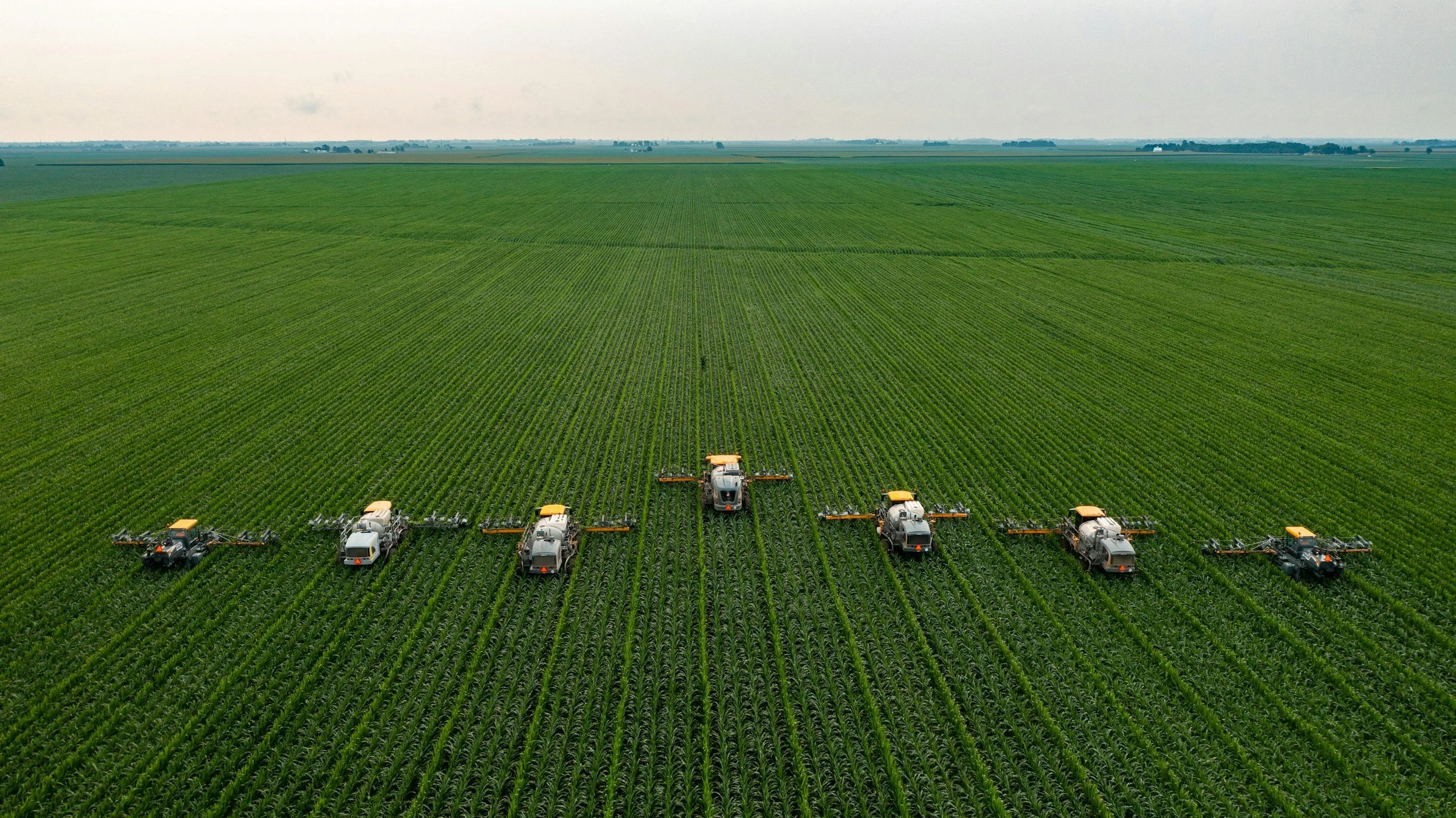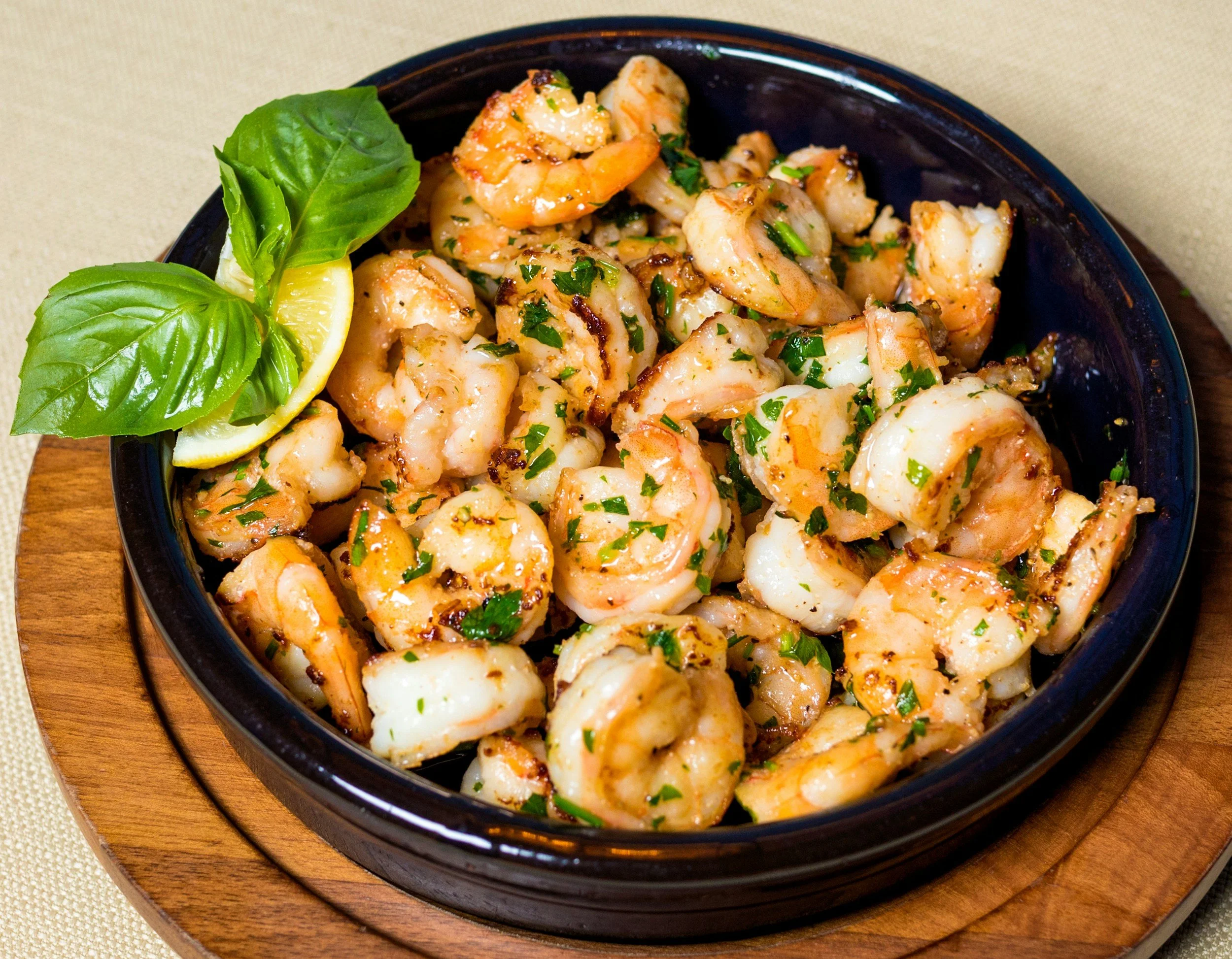How Big Food Monopolies Threaten Food Security and Public Health
/In the fall of 2024, over 12 million pounds of meat were recalled because of a potential contamination with listeria, a bacteria that can cause stillbirth as well as serious illness in people over 65 and those with compromised immune systems. In the United States, we’ve gotten used to these kinds of recalls, but we rarely link the prevalence of food-borne illnesses to the monopolies enjoyed by a select number of food companies. Did you know that just four companies --Tyson Foods, JBS, Cargill, and National Beef--control 85% of the beef market, and four --Pilgrim's Pride, Tyson (again), Perdue, and Sanderson Farms -- control 60% of the poultry market in the US?
And it’s not just the meat industry. Monopolies dominate nearly every sector of the food supply chain. A small number of multinational corporations control the seeds that farmers are allowed to plant, the chemicals used to treat crops, the soil amendments that nourish the land, and the transportation networks that get food to our plates. From the farm to the grocery store shelf, the power is concentrated in the hands of just a few. This level of control doesn’t just limit consumer choice—it makes our entire food system more fragile, more toxic, and ultimately, more dangerous.
In this article, we’ll take a closer look at how these monopolies threaten both food security and public health. We’ll explore how centralized control over food production creates massive vulnerabilities in supply chains, increases the risk of widespread food contamination, and contributes to the depletion of the very soil we rely on to grow our food. These are not isolated problems; they are symptoms of a system driven by profit, consolidation, and unchecked corporate influence—one that puts all of us at risk. But there are ways to take back some control. By reducing our reliance on highly processed foods and growing even a small portion of what we eat, we can protect our health, strengthen local food systems, and reduce the power of Big Food.
How Big Corporations Took Over Our Food System
Over the past several decades, power in the global food industry has become concentrated in the hands of just a few mega-conglomerates. Companies like Cargill, Tyson, and Bayer-Monsanto have grown so large and so dominant that they now control multiple sectors of the supply chain. They’re not just food producers: they’re also seed patent holders, grain traders, meat processors, and chemical manufacturers, all rolled into one. Their reach extends from the soil to the supermarket shelf, and their influence shapes what gets grown, how it’s grown, and what ends up on our plates.
One of the key strategies behind their dominance is vertical integration: the practice of owning and controlling every step of the production and distribution process. For example, a single company may own the rights to genetically modified seeds, produce the pesticides those seeds are engineered to resist, and then buy the crops back from farmers to process and package under one of their many brand names. This kind of control leaves little room for competition, and even less for transparency. It also allows these corporations to dictate prices, labor conditions, and farming practices, often at the expense of both farmers and consumers.
In this competition-unfriendly scenario, small and mid-sized farmers, are increasingly finding it impossible to survive without government subsidies (especially for corn, wheat and soybeans, which took up 49% of the subsidies farmers across the United States received between 1995 and 2020). Many farmers are forced into unfair contracts with major agribusinesses, leaving them with little autonomy over what they can grow, how they raise their animals, and when they have to purchase new equipment. They are also forced to pay whatever prices corporations want to charge them for seeds and equipment – and more often than not, these prices are inflated, while processors and buyers can lower the prices they pay farmers. Farmers have razor-thin profit margins: less than 15% of the price of food on conventional grocery shelves go to the farmers that produced it. Others simply can’t compete with monopolies and end up going bankrupt, selling their land, or leaving farming altogether. As a result, our food system becomes less diverse, less resilient, and more vulnerable to the kinds of large-scale disruptions that are becoming more common.
Supply Chain Vulnerabilities: Fewer Players, Greater Risk
Our current food system depends heavily on efficient supply chains, that is to say, networks that are designed to maximize efficiency by keeping inventory and storage to a minimum. This kind of a system is meant to cut costs for corporations, but it leaves very little room for error. When a processing plant shuts down or a shipment is delayed, the effects ripple quickly across the country, causing shortages and price spikes that hit consumers hard. Because we now live in a global economy, plant shutdowns or contamination of supplies can affect multiple countries at once, sometimes with devastating effects to vulnerable populations.
The global pandemic made supply chain vulnerabilities painfully clear. COVID-19 disrupted everything from farm labor to international shipping, while climate-related disasters—droughts, floods, and wildfires—further strained the system. Add in global conflicts and trade restrictions, and what we saw was a lot of empty shelves and rising food prices. In many regions, people faced real scarcity, and communities became more reliant on expensive imports or emergency food aid. It’s a fragile system that prioritizes profit over resilience and the common good. Cyberattacks on food supply chains have the same effects, and they are becoming more common.
Increased Risk of Food Contamination
Centralized mass production has made it easier than ever for foodborne illnesses to spread far and fast. When a single facility processes meat or produce for a large portion of the country, any contamination—whether it’s listeria, bird flu, or mad cow disease—can quickly escalate into a nationwide crisis. A notable example is the 2024 listeriosis outbreak linked to Boar's Head deli meats. The outbreak resulted in 10 deaths and 60 hospitalizations across 19 states, leading to the recall of over 7 million pounds of meat products.
Monopolistic control over our food also means that there is less oversight and weaker safety standards. When a handful of corporations dominate the market, they often have the political clout to avoid meaningful regulation. Even if they wanted to do so, the massive numbers of any product produced on a single farm that is beholden to corporate interests, coupled with a shortage of qualified inspectors, means that it is not humanly possible to carefully inspect each product or animal. These problems will become even more acute with the Trump administration’s sweeping funding cuts across government agencies. A lack of accountability for producing healthy, pathogen-free food also allows systemic problems to go unchecked. And because these outbreaks are tied to centralized operations, their impact is rarely contained: it spreads through grocery stores, schools, hospitals, and households with devastating speed.
The Toll on Public Health
Corporate monopolies don’t just control what’s available on store shelves, they also influence what we eat. And more often than not, that means a lot of ultra-processed, nutrient-poor foods packed with sugar, salt, and unhealthy fats. These products are cheap to produce, highly profitable, and aggressively marketed, especially to low-income and minority communities. The result has been a nationwide rise in chronic diseases like obesity, type 2 diabetes, heart disease, and even certain cancers, all of which are linked to poor diet and a lack of access to healthier options.
Because monopolies crowd out smaller farms and local food producers, many communities are left with limited or no access to fresh, whole foods. Grocery stores close, farmers’ markets disappear, and fast food becomes the default. In these so-called “food deserts,” the cycle of food insecurity deepens. People are forced to rely on whatever is available and affordable, even if it’s harming their health. Over time, this also strains public health systems, increases healthcare costs, and contributes to preventable suffering on a massive scale.
Even the fresh foods we do find in conventional supermarkets may not be as nourishing as they appear. Decades of industrial farming practices—heavy tilling, chemical fertilizers and pesticides, and monocropping—have severely depleted the soil of essential nutrients. When soil is exhausted, so are the crops grown in it. Studies have shown that modern fruits and vegetables often contain significantly fewer vitamins and minerals than they did just a few generations ago. So even when we try to eat “healthy,” we may not be getting the full nutritional benefits our bodies need to thrive. It’s a hidden consequence of a broken system that further compounds the public health toll of corporate-driven agriculture.
Solutions: Breaking Free from the Grip of Big Food
While the challenges posed by food monopolies are serious, they’re not insurmountable. One of the most powerful things we can do is support local and sustainable food systems. Shopping at farmers’ markets, joining a CSA (Community Supported Agriculture), or buying from local co-ops helps shift dollars away from multinational corporations and into the hands of small farmers. These producers are more likely to care about soil health, food quality, and community resilience, and every purchase we make can help strengthen that alternative.
Of course, individual choices aren’t enough on their own. Real change requires bold policy shifts, including stronger antitrust enforcement to break up monopolies and restore healthy competition in the food industry. For too long, regulators have allowed mega-mergers and corporate consolidation to go unchecked, leading to the crisis we now face. Reforming these policies and investing in regional food infrastructure could help rebuild a system that is fairer, healthier, and more resilient.
Finally, consumers have more power than we think. By making conscious decisions, like reading ingredient labels, supporting ethical brands, and staying informed, we can pressure companies to adopt better practices. And by speaking up, whether it’s at the ballot box or the dinner table, we can advocate for greater transparency, equity, accountability, and sustainability in our food system.
You Can Make a Difference
The food system may feel too big and too broken to fix, but change doesn’t start with sweeping reform. It often starts with small, deliberate actions. Support your local farmers. Ask questions about where your food comes from. Write to your representatives in government and let them know that you care about these issues, or engage with organizations like Farm Aid, which has been fighting for the rights of small farmers for decades. Vote for leaders who prioritize antitrust enforcement, sustainable agriculture, and food justice. Talk to your neighbors, your friends, your kids—because food is personal, and change is most powerful when it starts close to home.
We don’t have to accept a system that prioritizes profit over people and the planet. The future of our food system and our health really is in our hands. It’s time to challenge the status quo and build a more secure, more just, and more sustainable food future, one choice at a time.
If you’re ready to take a practical step toward greater self-reliance in your food choices, our mini-course The Edible Food Garden is a great way to start growing your own fresh, nutrient-rich food no matter how much space you have. Learn the basics, build confidence, and take back a little more control over what’s on your plate.










































Plant biostimulants have gained considerable attention in modern agriculture for their ability to enhance plant growth and productivity. As farmers and agricultural experts seek sustainable and eco-friendly solutions, biostimulants are becoming a key component in the quest for higher yields and healthier crops. This article explores the concept of plant biostimulant products, their benefits, and their role in agriculture.